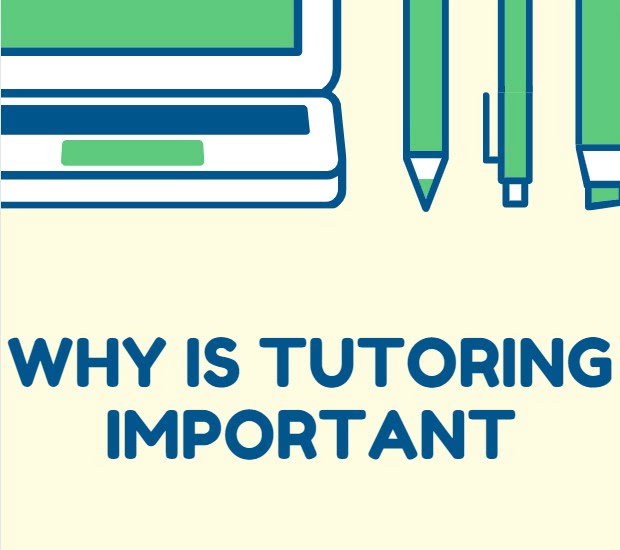Blog
How to Write a Sociology Essay

Have you been asking yourself how to write a sociology essay? Now you can finally learn it! Use our detailed guide and find answers to every question.
Posted by Andy Preisler 15 Nov 2023
How to Write a History Essay

Our guide on how to write a history essay was prepared by the brightest history experts. Look inside and find important tips that’ll transform your writing.

Posted by Laura Callisen 15 Nov 2023
How to Write an Analytical Essay

Knowledge is a weapon that allows students to achieve academic success. Use it by figuring out how to write an analytical essay — our detailed guide will help you!

Posted by Andy Preisler 09 Nov 2023
How to Write a Cause and Effect Essay: Step by Step Guide

Understanding how to write a cause and effect essay can take ages. Fortunately, with a guide made by professionals, you won't have to wait long. Read it and get new knowledge.

Posted by Laura Callisen 08 Nov 2023
How to Write a Scholarship Essay and Win Your Application

All students want a scholarship, but only a few get it. Being a good writer will greatly help you discover how to write a scholarship essay and boost your chances!

Posted by Andy Preisler 11 Oct 2023
100 Catchy Exploratory Essay Topics

Writing papers can be exciting, but only if you pick a subject you're interested in researching. Take a look at 100 great exploratory essay topics for motivation!

Posted by Andy Preisler 18 Sep 2023
110 Coolest Expository Essay Topics for Your Choosing: Pick One!

Our free list of different expository essay topics is just what you need to write a great paper. Look through all the ideas and make your choice!

Posted by Laura Callisen 15 Sep 2023
Why Is Tutoring Important: The Golden Line Between True Knowledge and Cheating

Students often wonder why is tutoring important? Is there a point in hiring a tutor? Short answer, yes. For a longer one, dive into insights of professionals!

Posted by Andy Preisler 09 Jun 2023
How to Structure an Essay Guide With Examples

If you want to keep getting perfect grades, you must know how to structure an essay. This is easier than you think! Follow our tips, and you will have questions answered.

Posted by Laura Callisen 03 Jan 2023
How to Write an Essay Outline: Tips and Examples

If you know how to write an essay outline, you're going to complete your paper much faster than you think. Learn top strategies and free yourself from unnecessary work.

Posted by Andy Preisler 03 Jan 2023